Cats, both domesticated and feral, are known for their hunting prowess. However, they are not invincible and hold a certain position within the food chain. Predators of cats can vary significantly depending on their geographic location and the environment they inhabit. This article explores the predators that pose a threat to cats, providing insight into the complex dynamics of the food chain where even skilled hunters like cats can become prey.
Where Are Cats In The Food Chain?
Cats are classified as secondary or tertiary consumers within the food chain. As carnivores, they primarily consume primary consumers—animals that eat plants. However, cats aren’t at the top of the food chain. In a variety of ecosystems, several larger predators such as coyotes, wolves, and large birds of prey can and do hunt cats. Thus, cats serve as both predator and prey in the food chain, contributing to the balance and complexity of our ecosystems.
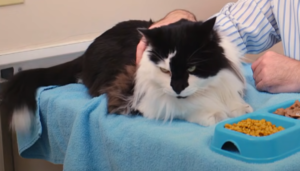
What Eat Cats In The Food Chain
The Cat’s Diet: Why Small Animals Matte
Domestic and feral cats are expert hunters that prey on a variety of small animals, including rodents, birds, and insects. This predation is crucial to maintaining the balance of local ecosystems by controlling the population of these animal types. Cats’ hunting skills are honed from a young age, with kittens often seen playfighting and chasing objects, which are behaviors that mirror hunting tactics. The diet of cats can have a profound impact on the local wildlife population dynamics. Overpopulation of small animals can lead to an imbalance in the ecosystem, causing issues such as disease spread and crop damage. Consequently, cats play a significant role in preserving the health and balance of the ecosystems they inhabit.

Hawks, Owls, Eagles, Falcons
Hawks, owls, eagles, and falcons are large birds of prey known as raptors that have been known to hunt cats. These birds are skilled hunters that use their keen vision and agile flight to catch small to mid-sized animals, including cats. Hawks and eagles, with their powerful talons and beaks, are especially capable of carrying off small pets. Owls, mostly hunting under the cover of night, can target unsuspecting cats. Falcons, though less likely, can also pose a risk, particularly for kittens or smaller cat breeds. These birds are opportunistic hunters that can seize the chance if a small cat is left unprotected. Therefore, cat owners living in areas with a high population of large raptors should take precautions to keep their pets safe. [1]
Foxes Also Eat Cats
While it may not be a common occurrence, foxes have been known to prey on cats, particularly kittens and smaller, weaker, or elderly cats. Foxes, much like cats, are opportunistic feeders that can adjust their diet based on the food sources available in their environment. In urban areas, where their habitats significantly overlap with cats, the possibility of a fox preying on a cat is higher compared to rural settings. Foxes are primarily scavengers and prefer easy meals, like garbage and small mammals, but they can attack a cat if the opportunity presents itself, especially if other food sources are scarce. However, such incidents are relatively rare as cats are known to defend themselves fiercely. Despite the possibility, the predation of cats by foxes is not a common part of the urban or rural food chain.

Cougars And Other Big Cats
Cougars, also known as mountain lions or pumas, are one of the larger feline predators that pose a significant threat to cats. Found predominantly in the mountains and forests of North America, cougars are solitary and elusive creatures that can occasionally wander into human-inhabited areas. Although rare, encounters between domestic cats and cougars can occur, particularly in regions where their habitats overlap. Other big cats such as bobcats and lynxes, which are smaller in comparison to cougars but still considerably larger than a domestic cat, can also pose a threat. These larger predators are not typically part of the urban food chain but can be significant predators in rural or wilderness settings. Their presence serves as a reminder of the hierarchy within the animal kingdom and the precarious position of domestic cats within it.
Wolves, Wolves, Wolves
Wolves are another predator that can pose a serious threat to cats. As pack animals, wolves have a distinct advantage due to their numbers and coordinated hunting strategies. Cats, being solitary hunters, are ill-equipped to defend against such a group dynamic. Wolves are primarily found in wilderness and rural areas, and encounters with pets are less common. However, in regions where their habitat is encroaching on human-inhabited areas, such encounters can occur. Due to their size, strength, and pack mentality, wolves can easily overpower a domestic cat.
[2]Bears, Oh My!
While it might seem unusual, bears, particularly the smaller species like the black bear, have been known to prey on domestic animals, cats included. These encounters are typically rare and are more likely to occur in rural areas where human residences are close to bear habitats. Bears have an omnivorous diet, which allows them to consume a wide variety of food from plant matter to small and large mammals. Although bears do not typically hunt cats, their opportunistic feeding habits mean that a small, unprotected pet can potentially become prey if a bear wanders into a residential area in search of food. In general, though, bears tend to shy away from human-populated areas, and encounters with domestic cats are not a common occurrence. Still, cat owners living near bear habitats should be aware of the potential risk and take precautions to keep their pets safe.
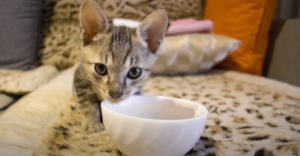
Dogs Will Attack And Eat Cats
Even though we often think of dogs and cats as household companions, in certain circumstances, dogs can pose a threat to cats.
Generally, this is more likely to occur with dogs that have a high prey drive such as terriers, huskies, and certain shepherd breeds. Although rare, there have been instances where dogs, particularly strays or feral ones, have been known to eat cats when food is scarce. It’s recommended for pet owners to always supervise interactions between their dogs and cats, particularly if the dog is a breed with a high prey drive or the two animals are not familiar with each other.
Snakes
In certain ecosystems, snakes can be a threat to cats. Large constrictor snakes, such as pythons and boa constrictors, have the physical capability to attack and consume cats. Venomous snakes, like rattlesnakes and cobras, could potentially kill a cat with a single bite, although they are less likely to consume them. In most cases, a snake is more likely to attack a cat if it feels threatened or cornered. Depending on the region, snakes may pose a significant or negligible risk to cats. In areas known for a high population of dangerous snakes, cat owners are advised to be cautious, keeping their pets indoors or supervising them while outdoors. [3]
What Animal Would Kill A Cat, But Not Eat It
While it may seem strange, some animals may kill a cat without the intention of consuming it. One such example are birds of prey, such as hawks, eagles, and large owls. These birds are capable of attacking and killing a small pet like a cat, particularly kittens and smaller cat breeds. However, they may not necessarily eat the cat, especially if they find the prey too heavy to carry away. It’s worth noting that such incidents are relatively rare as these raptors usually prefer smaller, more manageable prey. Similarly, certain large rodents like raccoons or badgers may kill a cat during a territorial dispute or if feeling threatened, but they won’t typically consume the cat. This is due to these animals being omnivorous with a preference for smaller, easier to catch prey. Owners should be aware of these potential threats and keep their cats indoors, especially during night time when these creatures are most active.

Cats Are Part Of The Food Chain And Need Protection
While we often see our beloved furry friends as members of our family, it’s essential to remember that in nature, cats are part of the food chain. This means they can become prey for a variety of larger predators. To safeguard our feline companions from these potential threats, we can take several measures. Keeping our pets indoors, especially at night when many predators are most active, can significantly reduce exposure to danger. When outdoor access is necessary, providing a secure, enclosed area can allow cats to enjoy the outdoors while staying protected. Microchipping and collaring with an identification tag can also aid in the safe return of pets who may stray too far from home. Lastly, staying educated about the local wildlife in your area can help anticipate and mitigate risks. By understanding and respecting the natural order of the food chain, we can better protect our pets and coexist peacefully with the wild world around us. [4]
FAQ
What is the food chain for cats?
In the food chain, cats are positioned as secondary or tertiary consumers. At the bottom of the food chain are primary producers, such as plants and grasses. These are consumed by primary consumers, typically small insects and rodents, which are the typical diet of cats. Cats, in turn, are preyed upon by secondary or tertiary predators, including larger animals like coyotes, wolves, and large birds of prey. In this way, cats play a significant role in maintaining the balance of the ecosystem by controlling the population of rodents and pests, while also serving as a food source for larger predators.
Is a cat a predator in the food chain?
Yes, a cat is indeed a predator in the food chain. Cats, specifically domestic cats, are known as mesopredators, which means they are secondary predators that prey upon smaller animals and insects. Their diet typically includes mice, birds, and other small creatures. However, it’s important to remember that while cats are predators, they are also potential prey for larger predators. This dual role helps maintain the balance and diversity in local ecosystems.
Do cats eat fish or meat?
Yes, cats do eat both fish and meat. They are obligate carnivores, which means their natural diet primarily consists of meat. Their bodies are programmed to consume high-protein, low-carbohydrate diets. While fish is not a natural part of a cat’s diet in the wild, many domestic cats enjoy eating it. However, it should only make up a small portion of their diet. Fish alone does not provide all the nutrients a cat requires for a balanced diet. Furthermore, raw fish should be avoided as it can contain parasites and bacteria that could be harmful to cats. Therefore, it’s best to provide a balanced diet of specially prepared cat food, which includes the essential nutrients cats need from both fish and meat.
Do owls eat cats?
Yes, larger species of owls, such as the Great Horned Owl, have been known to attack and eat small pets, including cats. This behavior is not common and tends to occur when the owl’s usual prey is in short supply, or in regions where larger owls have adapted to urban living. Even so, instances of owls preying on cats are relatively rare. For an owl to tackle a cat, it would have to be a small specimen, such as a kitten or a smaller breed of cat. Despite this, it’s recommended for cat owners to be cautious, especially if living in areas known to be inhabited by large owls. Keeping cats indoors or supervising them while outdoors can greatly reduce the risk of owl attacks.
Do foxes eat cats?
Yes, foxes can eat cats, particularly kittens and smaller, less aggressive cat breeds. However, it’s important to note that such incidents are not common. Foxes are omnivorous, and their diet primarily consists of insects, small birds, and rodents. Cats can be a part of their diet, but they are not a preferred prey because adult cats can be formidable opponents with their sharp claws and teeth. Fox attacks on cats are more likely to occur in urban areas where foxes are more used to humans and their pets. Owners who live in these areas are advised to be particularly cautious, especially during the night when foxes are most active. Despite this potential risk, the majority of interactions between foxes and cats result in little more than a standoff or chase, rarely escalating to physical conflict.
What is a cat chain?
The term “cat chain” may refer to a few different concepts depending on the context. In a biological context, it could refer to the position of cats within the food chain as mentioned earlier in this document. In a more literal sense, a “cat chain” could refer to a type of collar or leash designed for cats, often used to keep them secure while allowing some freedom to explore. However, it’s important to note that cats should never be left unattended while on a chain due to the risk of injury. Finally, in a figurative sense, “cat chain” could also refer to a network or series of connections involving cats, such as a rescue chain where various individuals or organizations work together to rescue and rehome cats. So, cat chain can have multiple meanings depending on the context.
Are cats and dogs meat eaters?
Yes, both cats and dogs are primarily meat eaters. Cats are obligate carnivores, which means they require a diet predominantly made up of meat to survive and thrive. On the other hand, dogs are classified as omnivores. Despite this classification, meat still forms the central part of their diet, but they also have the ability to digest plant-based foods. Therefore, while cats strictly need meat, dogs can have a more varied diet including fruits, vegetables, and grains in addition to meat. However, it’s always advisable to consult with a veterinarian for specific dietary recommendations for individual pets. Overall, it’s important to ensure that both cats and dogs have a balanced diet to maintain their health and wellbeing.
What do outside cats eat?
Outside cats or feral cats primarily rely on a ‘wild’ diet, which consists of whatever they can find in their environment. This often includes small mammals such as mice and rats, birds, insects, and sometimes fish from outdoor ponds. They may also scavenge from garbage bins for scraps of food left by humans. However, this diet can often be nutritionally inadequate and expose them to potential health risks, such as the ingestion of harmful substances or parasites. Some outside cats may also be fed by humans, who provide them with cat food or leftovers, but this is not a reliable or consistent source of nourishment for them. Despite their ability to survive on this diet, it is not the healthiest or safest lifestyle for a cat. Efforts are usually made by animal welfare organizations to care for feral cat colonies through feeding programs, spaying/neutering, and medical care.
Useful Video: Understanding how cats eat
Conclusion
In conclusion, while cats are indeed predators in the food chain that often feed on small animals and insects, they can also become prey for larger predators, such as larger owl species and, in rare cases, foxes. Cats and dogs are both primarily meat eaters, but their dietary requirements differ significantly. While cats are obligate carnivores and require a diet mainly consisting of meat, dogs, being omnivores, can digest plant-based foods along with meat. Outside or feral cats survive on a ‘wild’ diet which can vary drastically based on availability and can expose them to various health risks. Therefore, a balanced, specially prepared diet is recommended for pets to ensure they receive the necessary nutrients needed for their health.
References:
- https://catsonly.org/learn/cats-in-the-food-chain/
- https://www.warmlypet.com/what-eats-cats-in-the-food-chain/
- https://www.hyaenidae.org/what-eats-cats-in-the-food-chain-2/#google_vignette
- https://fuzzy-rescue.com/what-animal-eat-cats/

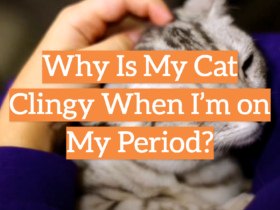
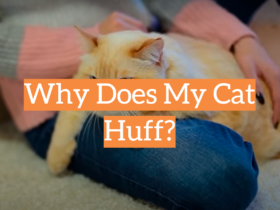
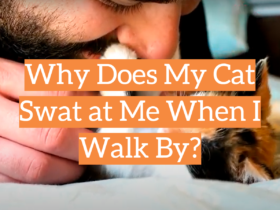
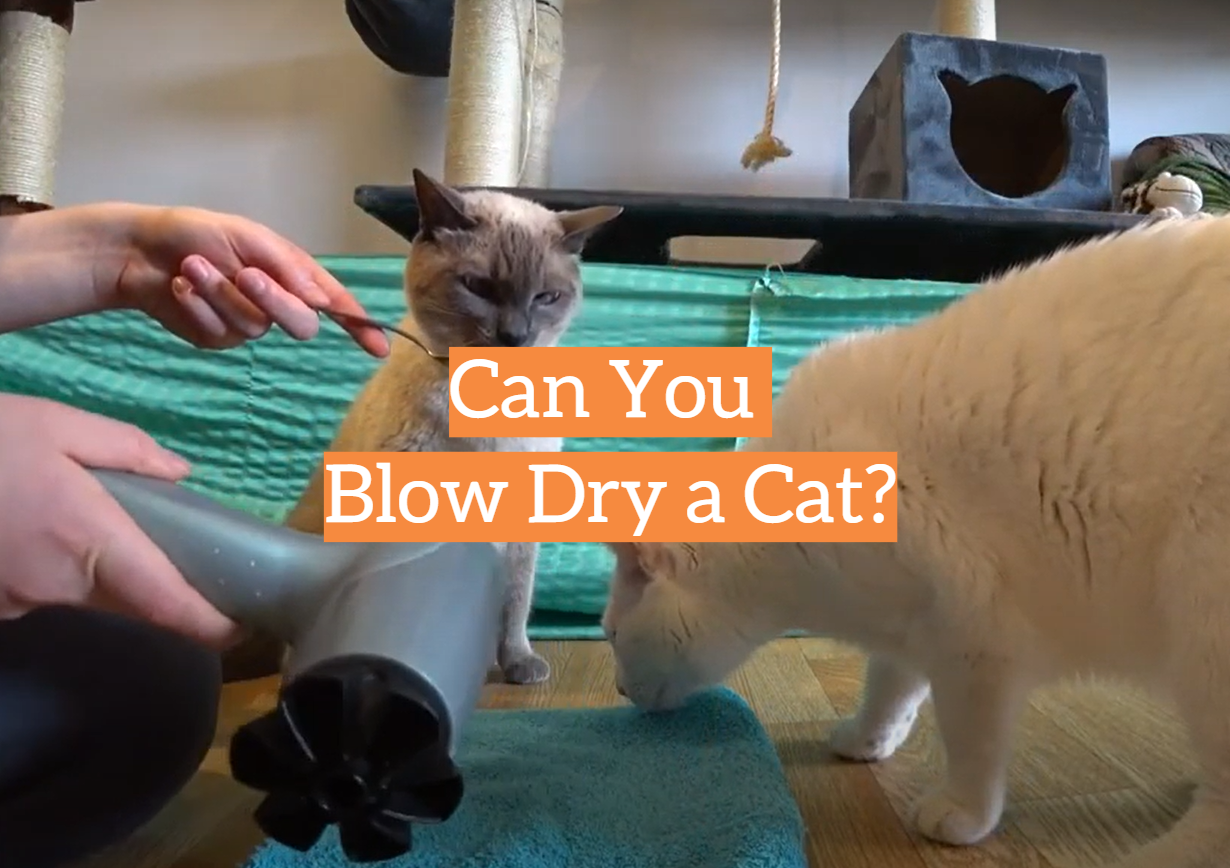
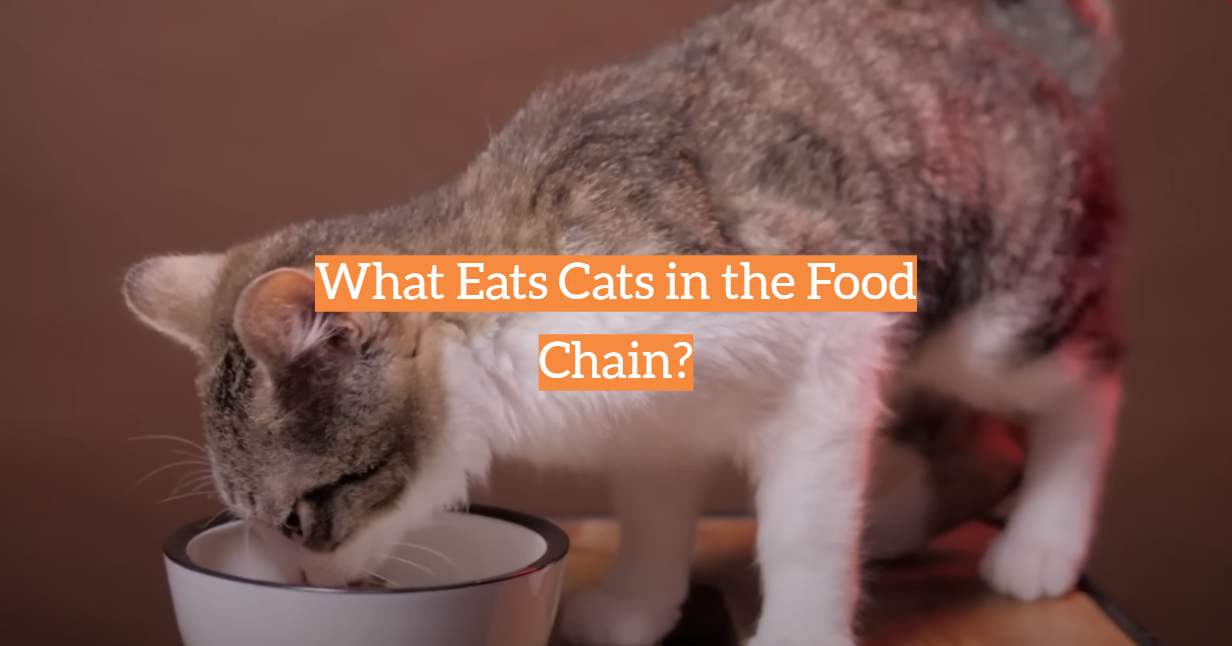
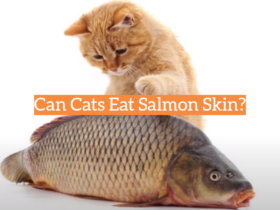
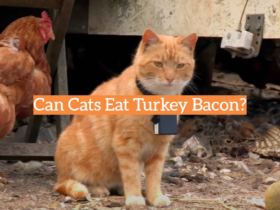
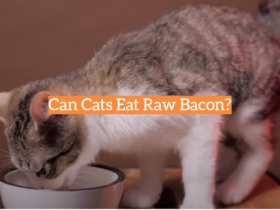
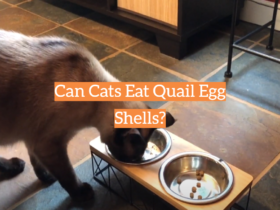
Leave a Reply